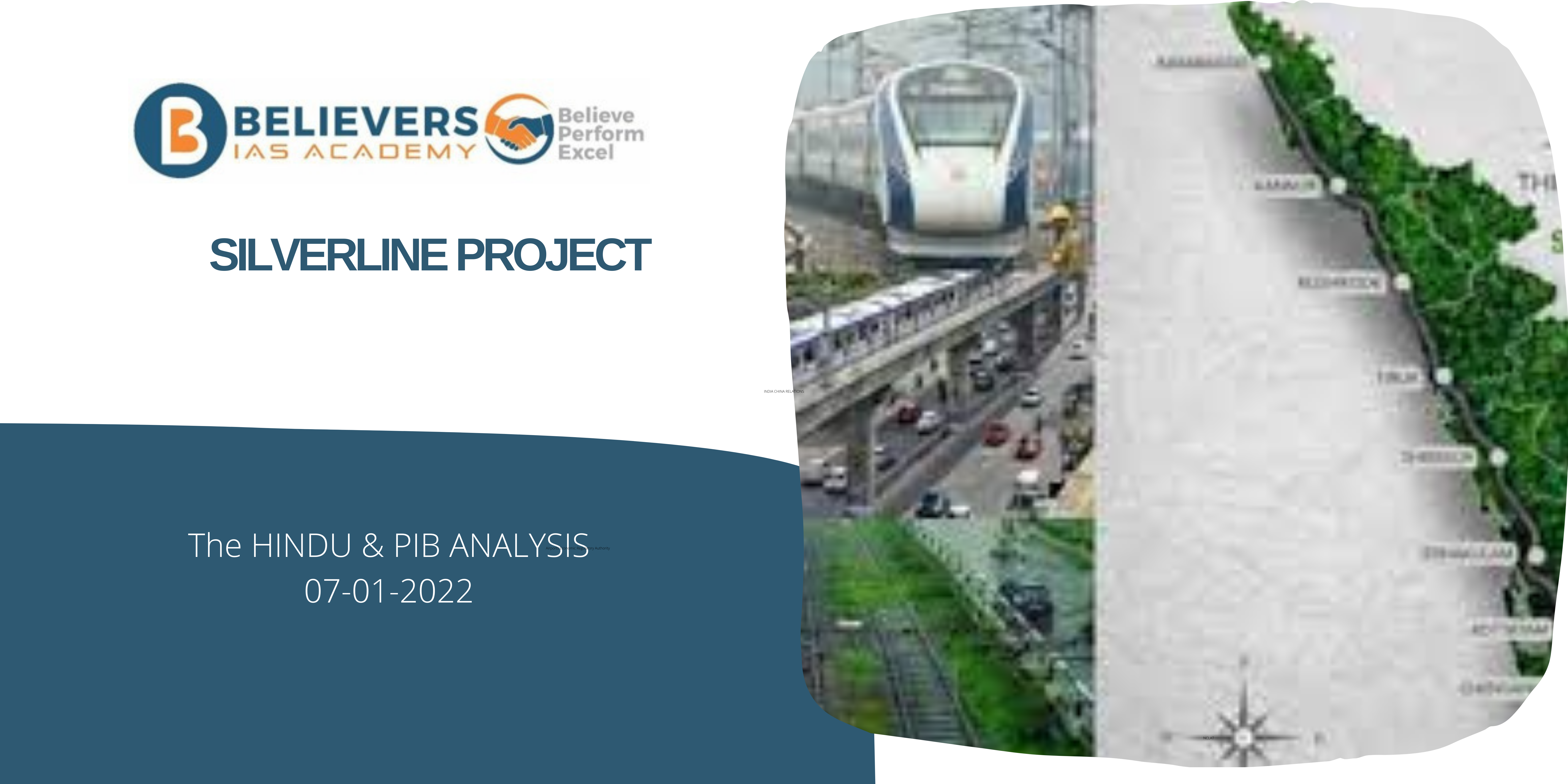Charting a Compassionate Course: The Financial Landscape of Cancer Care in India
Context:
With an alarming estimation that 20 lakh people annually will be diagnosed with cancer in India by 2040, the country is grappling with the formidable challenge posed by this pervasive disease.
- Cancer already ranks as the third leading cause of death in India, and the impending surge raises critical concerns.
- While the Indian health system endeavors to adapt to shifting health needs, a pivotal issue arises—the exorbitant financial toll inflicted on individuals battling cancer.
- Despite initiatives like the Pradhan Mantri Jan Arogya Yojana (PMJAY), which offers health insurance coverage, a recent study highlights the catastrophic health expenses and impoverishment endured by a majority, even under state-sponsored health insurance.
Relevance:
GS-02 (Health)
Mains Question:
Analyze the drawbacks of the current health infrastructure models and suggest viable solutions to mitigate the financial burden on patients and their families. (150 words)
Dimensions of the Article:
- Financial Strain and Private Healthcare
- Geographical Disparities and Travel Costs
- Governmental Interventions and Challenges
Financial Strain and Private Healthcare:
- While the government provides free cancer care, the overwhelming financial burden surfaces in the private healthcare sector. The concept of out-of-pocket expenditure (OOPE) becomes pivotal, encompassing direct medical costs, non-medical expenses, and indirect costs.
- Delving into the stories of individuals seeking treatment reveals the stark reality of choosing private facilities due to challenges within the public health system, contributing to escalated financial strain.
- The economic fallout intensifies when cancer affects the primary breadwinners of families. An ongoing study illustrates a concerning trend where a significant majority of oral cancer patients experience job loss or cessation of work post-diagnosis, jeopardizing the financial stability of their households.
- This economic ripple effect extends to caregivers, often resulting in job loss and financial hardships, amplifying the societal impact of cancer beyond the patient.
Geographical Disparities and Travel Costs:
- Cancer care concentration in major cities creates a geographical challenge, compelling patients from rural areas to embark on journeys of hundreds of kilometers for treatment.
- The ancillary costs of accommodation, food, and travel exacerbate the financial strain. A closer look at the financial struggles faced by families relocating for treatment unveils the stark realities, emphasizing the urgent need for accessible cancer care in diverse geographical locations.
Governmental Interventions and Challenges:
- Governments, recognizing the financial challenges, have initiated interventions in certain regions. Examples include provisions for free transport for cancer patients in Haryana and discounted bus tickets in Kerala.
- However, awareness gaps, as seen in Delhi’s Arogya Kosh scheme, hinder the effectiveness of such measures. Furthermore, the introduction of ‘cancer pension’ in specific states attempts to address financial support for advanced-stage cancer patients, but the scope and awareness need augmentation.
Permanent Solutions and Accessibility:
- Proposing a lasting solution, the article advocates for the establishment of publicly funded cancer care centers across India.
- Acknowledging the challenges in immediate implementation, the necessity of making cancer care as accessible as treatments for diabetes or hypertension is emphasized. Until this becomes a reality, sustained financial support for those directly or indirectly impacted by cancer remains a crucial interim measure.
Way Forward:
- Accessible Cancer Care and Financial Support: The imperative for publicly funded cancer care centers in every corner of India is underscored as a long-term solution. The article acknowledges the apparent challenges in immediate implementation but stresses the urgency of making cancer care as universally accessible as other prevalent health treatments. Simultaneously, the call for ongoing financial support for cancer-affected individuals and their families remains indispensable until comprehensive accessibility is achieved.
- Advocacy and Public Health Initiatives: The author, a public health physician and founder of Nivarana.org, positions advocacy and public health initiatives as catalysts for change. Initiatives that disseminate information, raise awareness, and lobby for policy changes in cancer care emerge as potent tools in addressing the financial and societal repercussions of cancer. The article implies that the collective efforts of the healthcare community, policymakers, and advocacy platforms are instrumental in shaping a future where free cancer care aligns with a broader vision of accessible, equitable, and financially sustainable healthcare.
- Inclusive Healthcare Policies: The article highlights the inadequacy of relying solely on free cancer care as a panacea. It emphasizes the need for holistic healthcare policies that transcend immediate financial alleviation. The focus should extend towards creating a healthcare landscape where the financial burden on individuals and families is minimized through inclusive policies that consider the broader socioeconomic implications of cancer.




